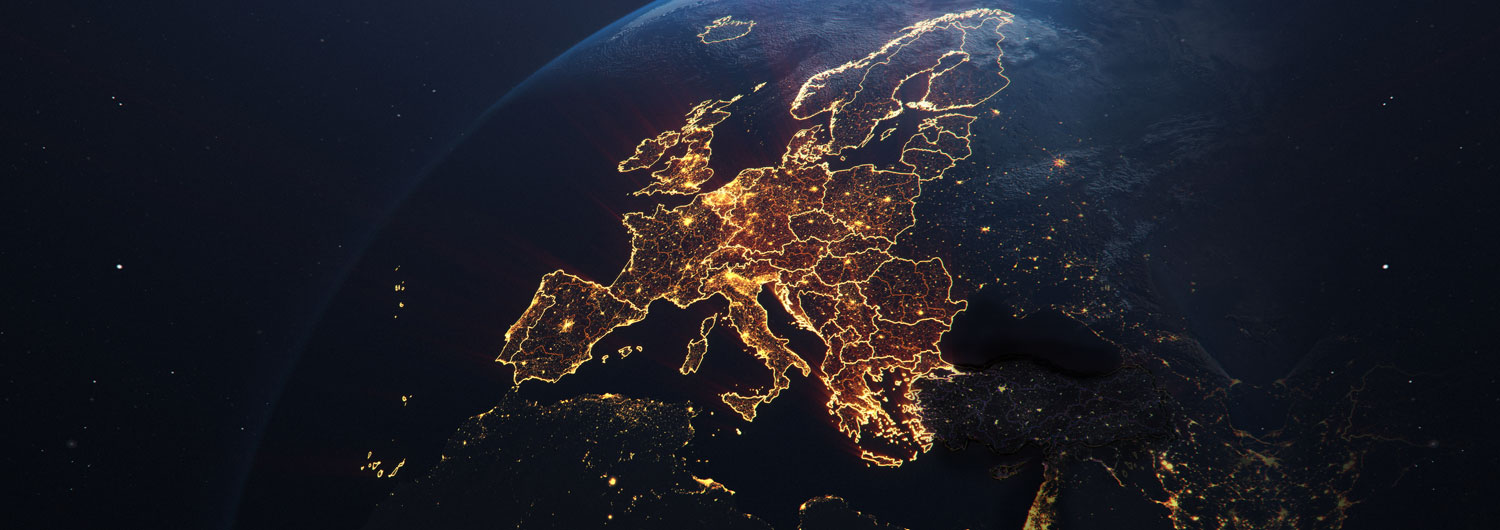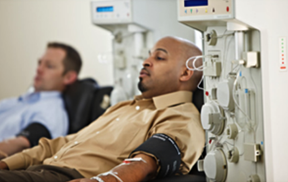European Commercial Source Plasma Collection: Ecosystem Analysis, Cost Benchmarking & Forecast by Country to 2033

Announcement
EUROPEAN COMMERCIAL SOURCE PLASMA COLLECITON:
ECOSYSTEM ANALYSIS, COST BENCHMARKING & FORECAST BY COUNTRY TO 2033
INTRODUCTION

Commercial plasma collections in Europe are an important contributor to the global supply of plasma for plasma derived medicinal products (PDMPs). Within the European Union, there are four countries which permit private source plasma collection for fractionation, with compensation for the donors. Over the past 10 years, this industry has grown significantly, driven by increasing needs of immunoglobulins and other proteins. It has also been a counterbalance to the United States, the dominant place for source plasma collections, as there are certain advantages to collecting plasma in Europe over that of the United States.
For the first time, the Marketing Research Bureau has produced a report focusing solely on the commercial plasma collections industry in Europe. This report helps companies involved or interested in plasma collection have a complete, deep view into the current state of the plasma collections market from a high-level strategic perspective to the detailed metrics that the industry is currently seeing. It also addresses key issues that are of major importance for tomorrow, such as the challenges that the industry will face and the details of the current and future costs of collecting plasma broken down by main components. The number of centers and total collections are forecast to 2033, including potential new countries permitting private plasma collection in the future. This report also includes relevant data/benchmarking on all center operations, and on the major vendors that support the industry.
OBJECTIVES
The report begins with a broad background and history of plasma collection across many countries in Europe and how it influences the present environment. The current state of the plasma collections landscape is described (including supply/demand balance and imbalance). Each of the current four established countries are profiled in depth, with the regulatory environment, labor considerations, collections volumes and centers and cost to collect a liter of plasma by cost component detailed. Then a forecast through the year 2033 of the collection centers and volumes is provided, with a separate forecast of the cost to collect a liter of plasma given expected market conditions in Europe but also globally for each future year. New countries are assessed on their likelihood of permitting commercial plasma collection and the most promising countries are given their own individual forecast for plasma collections and centers, based on population demographics and expert insight. Future challenges faced by the plasma collection industry are also presented.
The report also covers the current market price of plasma along with the current collection costs broken down by process/cost item. It discusses the entire plasma collection process in detail, providing average collection times and important aspects to consider when running plasma collection centers. It offers benchmarking data on new center development, including timelines and cost.
The final fourth of the report delves into the various vendors that service the industry including the providers of collection devices (Haemonetics, Fresenius Kabi, Scinomed, Nigale), and their market share in each EU country. The relative strengths and weaknesses of key devices are analyzed, based on customer assessments. Donor management software systems, testing services, donor payment, and product shipment/storage services are covered in the final chapters of the report.
This report will support companies in their long-range planning efforts and serve as an essential comparison and cross-check tool for those which are currently active in the plasma collection space. It will help them understand their competitive strengths and weaknesses in terms of costs and efficiencies in this dynamic but challenging industry. It will also facilitate their assessment of the relative strengths and weaknesses of the main vendors to the plasma collection field and identify areas for improvement of the centers’ efficiency and competitiveness. Finally, it will help them to know when to invest to maximize their return on investment.
The summarized table of contents are enclosed below. For a full Table of Contents and pricing of the present report, please email us at info@marketingresearchbureau.com :
Table of Contents (Chapters only)
Overview of European Plasma Collection Landscape and Requirements
- Overview and History of Commercial Source Plasma Collections in Europe
- Current Supply and Demand for Source Plasma: 2020 to 2025
- Purchase Price of Source Plasma
- Staffing Requirements and Considerations
Country Analysis of Centers, Collections, CPL and Forecast to 2033
- Germany Commercial Collection Landscape including CPL in 2024 and Forecast to 2033
- Austria Commercial Collection Landscape including CPL in 2024 and Forecast to 2033
- Czechia Commercial Collection Landscape including CPL in 2024 and Forecast to 2033
- Hungary Commercial Collection Landscape including CPL in 2024 and Forecast to 2033
- Forecast of the EU Commercial Centers and Collections through 2033
Collection Process and Plasma Center Operations
- New Center Development
- Donation Process
- Donor Management System Software (DMS)
Collection devices (Overview, Strengths, Weaknesses, Focus)
- Haemonetics
- Fresenius Kabi
- Scinomed
- Nigale
- Others in Development
Other Aspects of Commercial Collection
- Plasma Sample Testing
- Compensation and Shipment/Storage